Researchers at the University of York, UK are using green methodologies to produce alternative energy sources and platform molecules from wheat straw residues.
Use of green chemical technologies in an integrated biorefinery
Vitaly L. Budarin, Peter S. Shuttleworth, Jennifer R. Dodson, Andrew J. Hunt, Brigid Lanigan, Ray Marriott, Kris J. Milkowski, Ashley J. Wilson, Simon W. Breeden, Jiajun Fan, Emily H. K. Sin and James H. Clark
Energy Environ. Sci., 2011, DOI: 10.1039/C0EE00184H
Low temperature microwave pyrolysis (< 200°C) is shown to be an energy efficient method to produce char and oil suitable for upgrading for use as sustainable substitutes for fossil fuels. Applying a closed loop system, CO2 can be internally recycled to sustain the processes and add value by extracting secondary metabolites including fatty acids, wax esters and fatty alcohols.
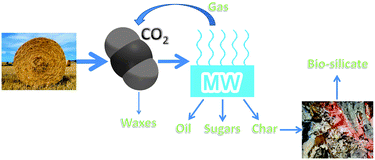 “This has been a really exciting project to work on” says co-author Brigid Lanigan.
“This has been a really exciting project to work on” says co-author Brigid Lanigan.
“We’ve been very fortunate to be able to work in this developing area and with the establishment of the Green Chemical Technology Facility, we will hopefully be able to expand on this research in the future.”
The group are also looking into other potential commercial applications for these wheat straw products including lubricants, food flavourings and cosmetics!












 ISACS4 – Challenges in Renewable Energy: 5-8 July 2011, Boston, USA
ISACS4 – Challenges in Renewable Energy: 5-8 July 2011, Boston, USA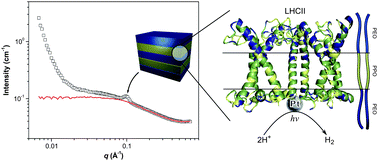
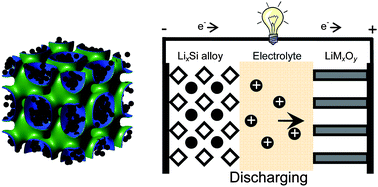 Review article
Review article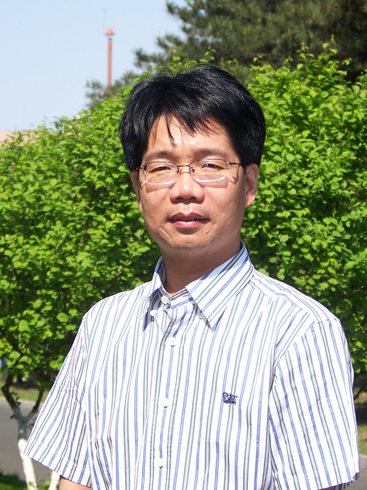
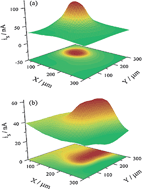
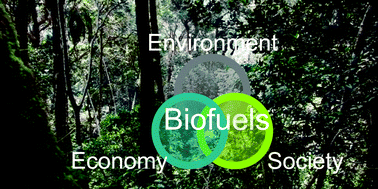
 “This has been a really exciting project to work on” says co-author Brigid Lanigan.
“This has been a really exciting project to work on” says co-author Brigid Lanigan.